Finding affordable luxury watch brands that deliver real quality and value isn’t always as straightforward as it should be. Even at the lower end of the luxury spectrum, you’re still making a serious investment and it’s easy to assume you have to spend aggressively just to end up with something that feels right on the wrist. But that isn’t always the case. Across years of hands-on testing and personal ownership, our review team here has found that certain brands consistently deliver real engineering integrity, thoughtful finishing, and long-term wearability without forcing you into the highest tiers of luxury pricing.
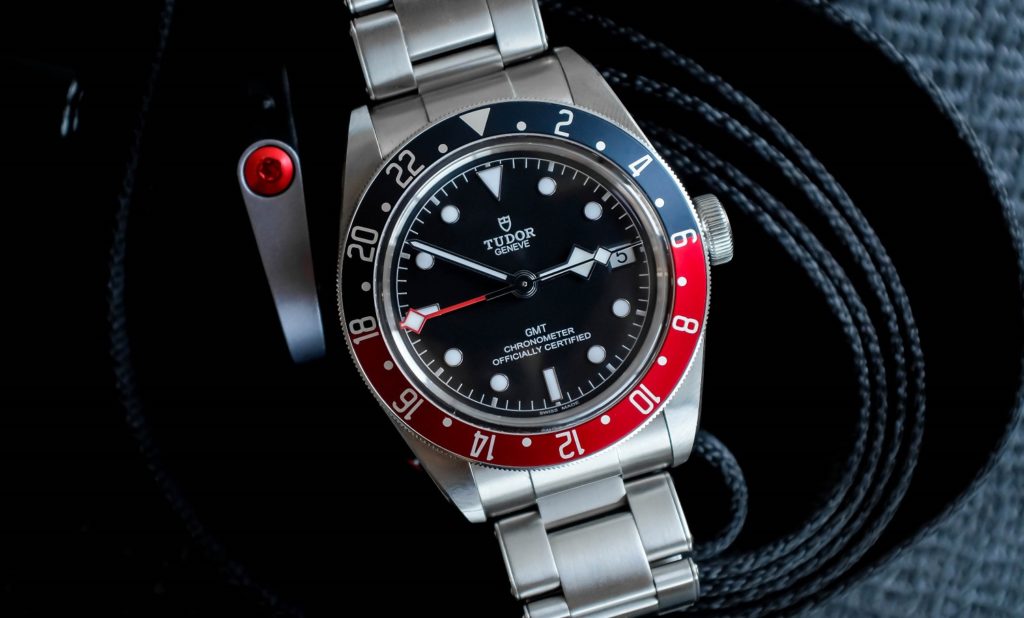
What follows isn’t a list of budget watches trying to look expensive. It’s a look at brands that build from the inside out, where the value shows up in the case work, the movements, and the wearing experience and not just in the name stamped on the dial.
Rolex
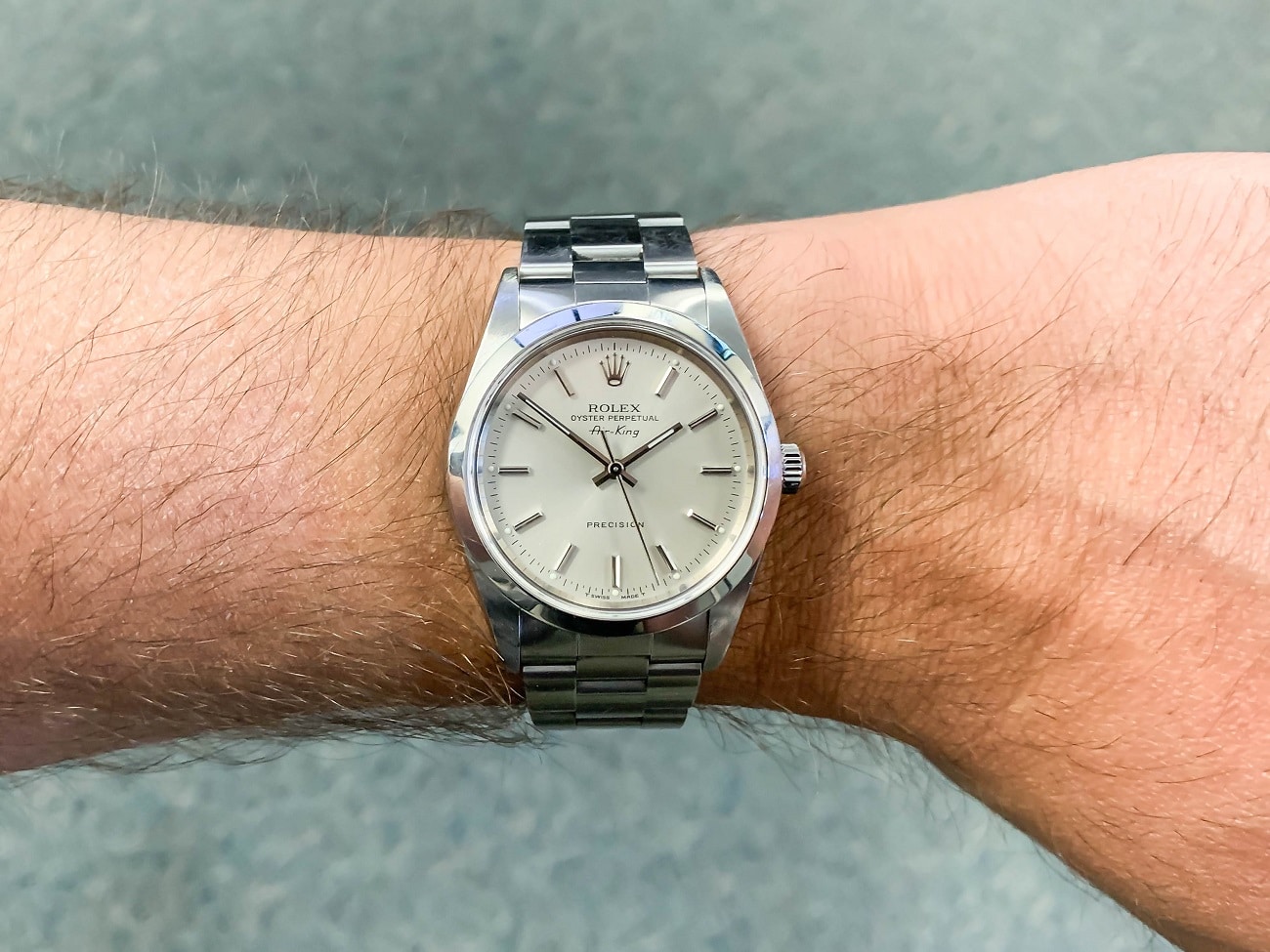
Easily one of the most recognized brands on earth, the reality of Rolex is that the true heart of their timepieces is perfecting small details in a way that doesn’t try to surprise you. Of course, there are pieces from the brand which are gaudy, loud, or over-designed, but when we’re talking about the idea of the more affordable side of Rolex, then it’s a different story. What you’ll find when you were a Rolex is that the case dimensions always hit right, the weight is balanced without feeling engineered for effect, and nothing about it asking for more attention than is necessary. Of all the Rolex pieces we’ve tested hands-on over the years, the identify of the brand is carved through their ability to perfect symmetry, durability, and rhythm.
This is the same company that tested its first waterproof case by crossing the English Channel, and later proved its reliability again on the summit of Everest. Even now, every movement is checked beyond COSC tolerances before it leaves Geneva not because it feeds into the social media hype of the brand, but because Rolex still measures success by the standards of durability and precision it set for itself a century ago. While the Submariner is their flagship model (which you can see our review of here), market conditions, scarcity, and social media hype have driven up the costs to now make it a difficult value proposition. However, if you’re interested in the quieter core of the brand the Air King 14000 is a very affordable and historic milestone model that we’ve had the pleasure of reviewing. Plus, with a slightly larger budget you can even find the Rolex Explorer of Mount Everest fame, which you can learn more about in our hands-on review.
Omega
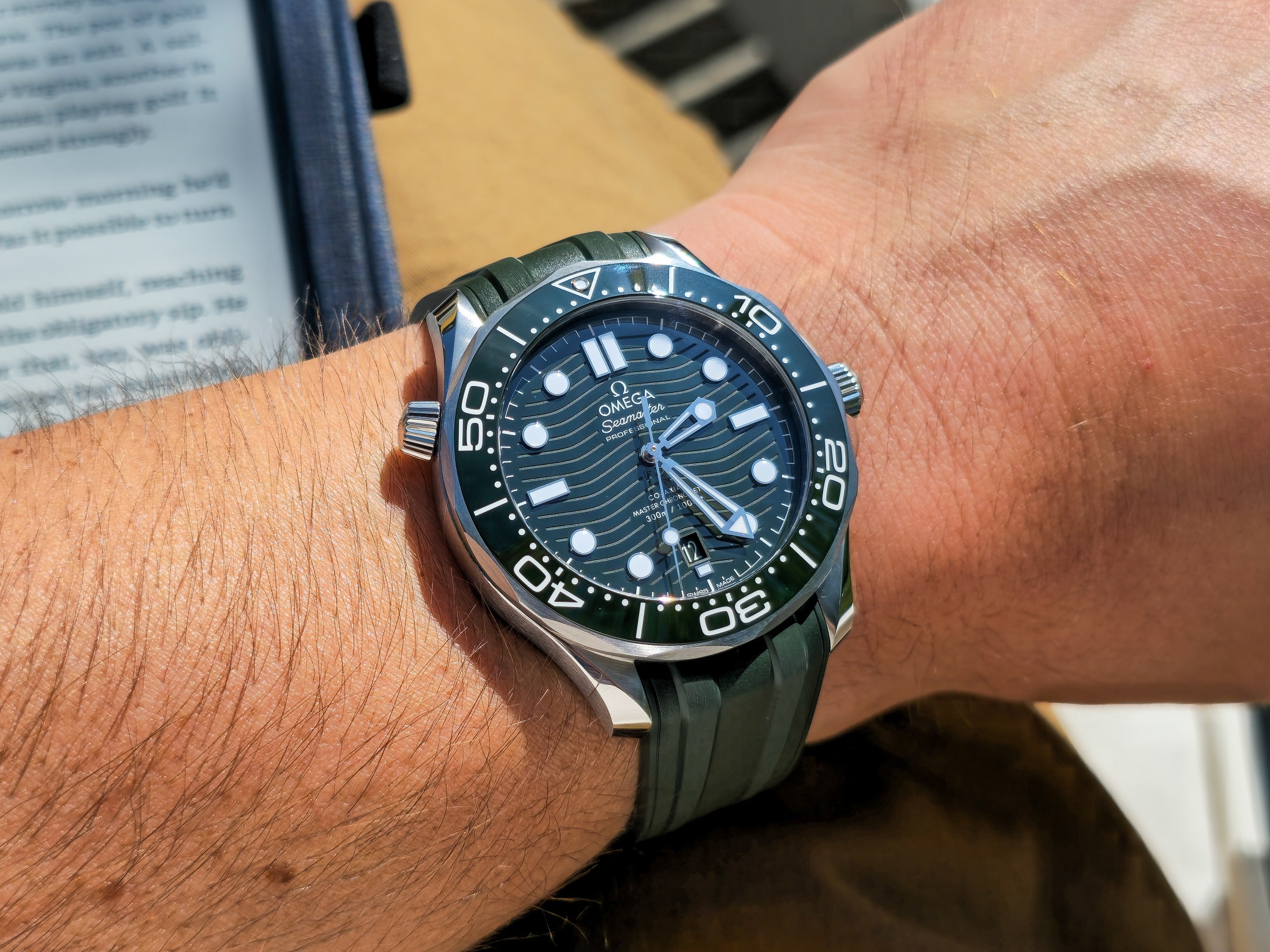
Virtually no other brand balances the manufacturing of precision instruments with tenacious innovation and authentic heritage like Omega. Across the catalog of Omega timepieces our team has reviewed over the years, we have always appreciated how Omega’s design language favors tactile clarity and detail over flash. But more than that, you’ll find that functionality rarely feels like an afterthought among their pieces: from anti-magnetism, high water resistance, and METAS certification, these speak to a larger pattern of prioritizing to engineer for reliability. This pattern of thoughtful iteration is built into the brand’s DNA since they innovated and introduced both the bi-directional automatic rotor as well as the Co-Axial Escapement. This commitment to performance has earned Omega long-standing roles as the official timekeeper of the Olympics and the choice for NASA missions – endorsements rooted in technical trust and cultural importance.
From what I’ve worn and handled, Omega holds a distinct value tier in the luxury space—delivering technical performance and design execution that rivals pricier brands without posturing. It’s this commitment to technical execution in conjunction with their history that positions Omega as an affordable luxury brand. Most other brands will charge you far more and offer you less in terms of craftmanship, technical innovation, and legacy. The result is a relatively accessible catalog that feels neither stuck in the past nor ignorant of where they came from. One of our favorite Omega timepieces that we’ve ever reviewed which represents excellent value is the Railmaster. The Seamaster Diver 300M series we tested is a great option for a style-versatile luxury diver priced fairly against competitors.
Grand Seiko
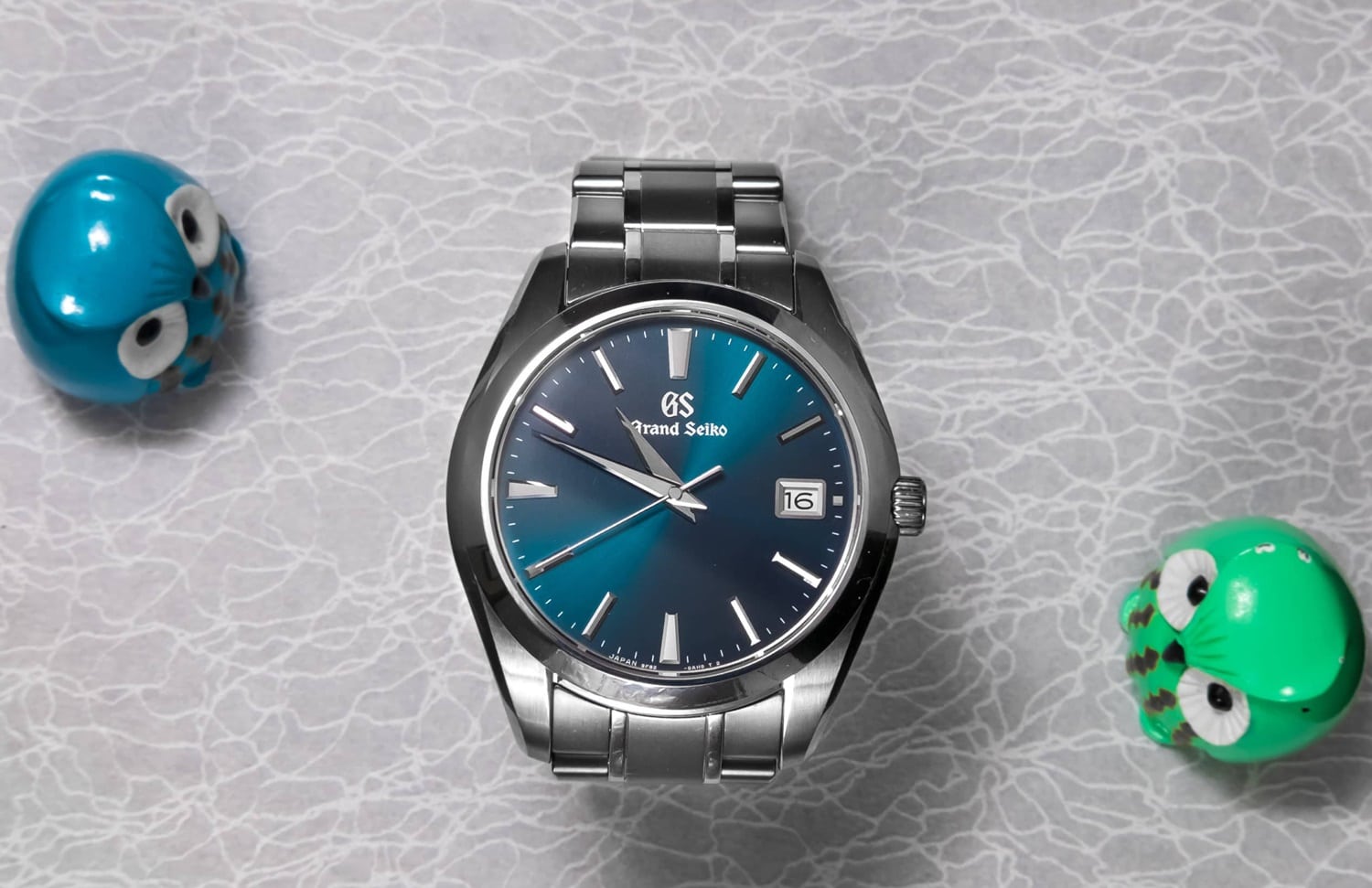
Grand Seiko doesn’t eagerly push for attention – it pulls you into details you didn’t realize mattered until you experienced them executed to perfection. Every Grand Seiko model that we worn and tested always brings us back to how the smallest things feel intentional and sharpened: the way a dial plays with light without shouting, the way a seconds hand tracks with such smoothness that it changes how you perceive time. What you’ll notice is that everything seems driven by the idea that refinement and perfect isn’t a luxury add-on – it’s where things start. That’s something built into the DNA of the brand and that sort of brand ethos is exactly why Grand Seiko offers great relative value amongst luxury watch brands.
While the brand does offer a range of expensive, high-end automatic models (like the Soko Frost we reviewed hands-on) and proprietary Spring Drive pieces, the best value in Grand Seiko comes from their quartz-powered watches. I personally own an SBGV233 with the 9F82 high accuracy quartz movement. Unlike other brands, a quartz timepiece from Grand Seiko isn’t a compromise in the least. There’s zero shudder in the seconds hand, crown adjustments are calibrated to minute-level precision, and lubrication is sealed to extend service intervals past anything in its price tier, all while keeping yearly deviation within ±10 seconds. You can read more in our in-depth review of the SBGV233.
Tag Heuer
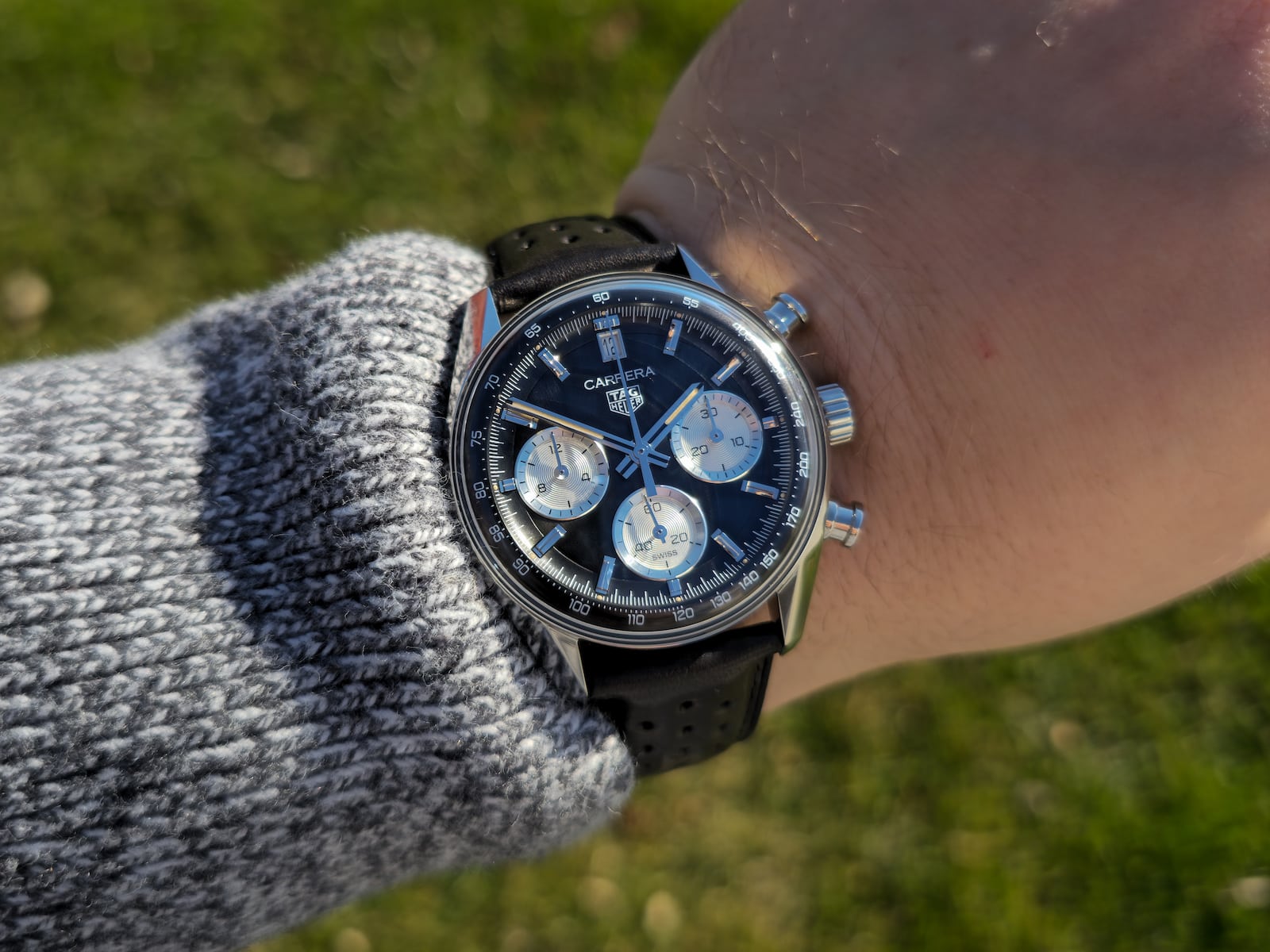
TAG Heuer doesn’t hide what it’s trying to be – a brand rooted in timing mechanisms and dashboard instruments long before luxury became the category. The core of the brand was built on racetracks, where drivers needed accurate timers they could trust without having to fuss too much with anything else. In every Tag Heuer model we’ve worn and tested, we’ve found that same urgency shapes their watches to this day. They’re built to be worn easy, read fast, and trusted without second-guessing. That’s why the modern cases stay clean and ergonomic, why the dials favor clarity over decoration, and why the movements focus more on durability than showing off. It’s not a brand trying to lecture you about craftsmanship. It’s a brand that seems happiest when it’s leaning on its roots: building watches that were meant to time things, track things, and feel quick without getting fragile.
We often recommend people to explore the Aquaracer line for an incredibly accessible entry option into the luxury dive watch market. You can save even more money by opting for one of the quartz models, which in our opinion generally also wear better since the movements are thinner than their automatic counterparts, reducing the weight and height of the case. But if you’re interested in staying true to the core of Tag Heuer you should explore their vast array modern chronographs. Much like the divers, there are automatic chronographs available for higher prices (like the Carrera Glassbox Chronograph we’ve reviewed) but there are also quartz chronograph available in the Formula 1 collection that can be found for a great value. For someone who wants a Swiss watch that feels sporty without feeling pretentious, TAG is one of the few names that still feels unconflicted about what it’s offering.
Panerai
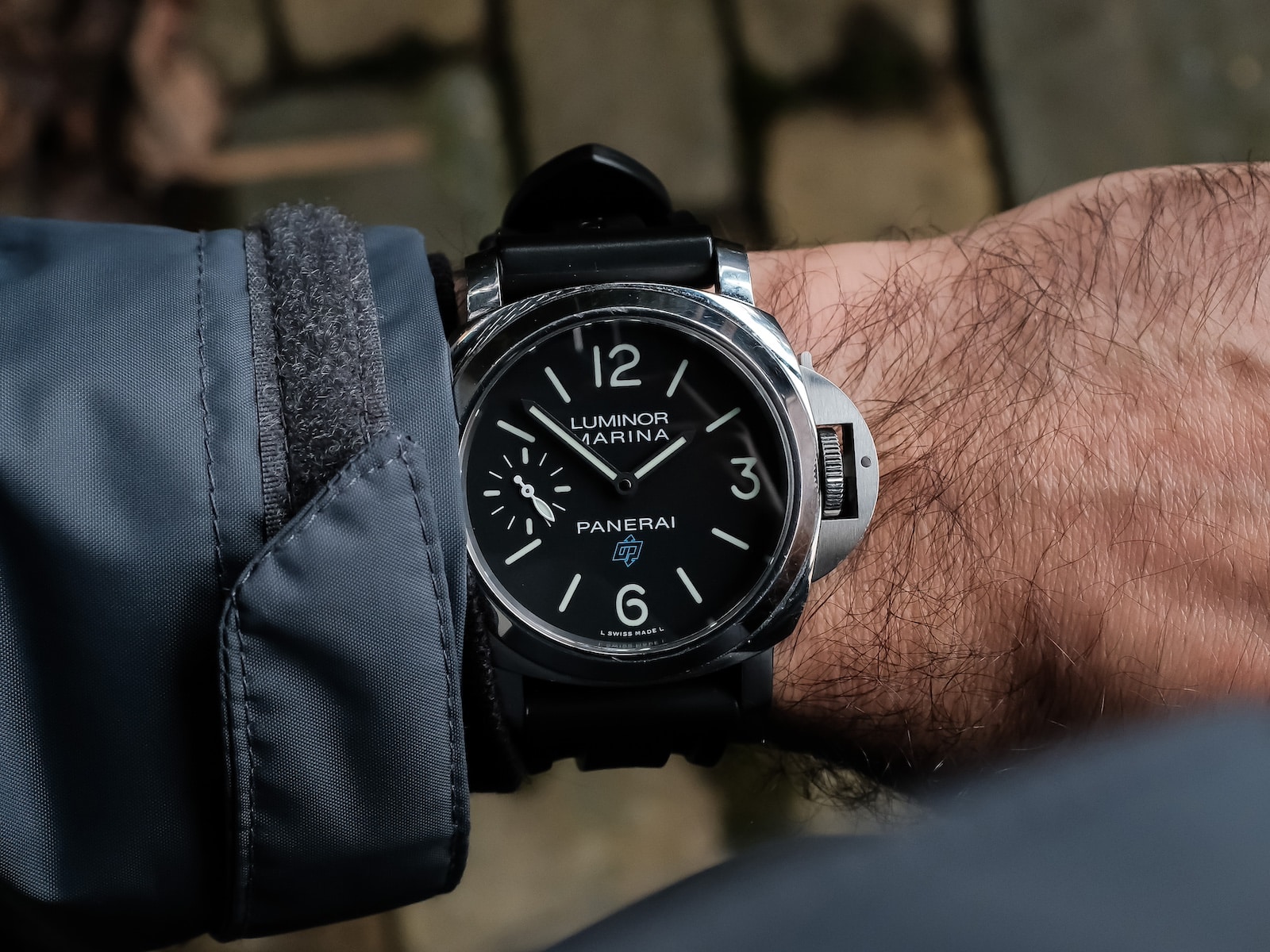
Panerai isn’t trying to win everyone over. They’re essentially designed and crafted for someone who already knows what they want: watches that prioritize physical presence over subtlety, tactile sensation over slickness, and tradition over fast-moving trends. It’s the same kind of functional stubbornness that defined their early work with the Italian Navy in the early 1900s, just adapted for wrists outside the service. The cases are large because the brand never saw a reason to shrink them. The finishing feels deliberate, like it was built to be used, not admired at a distance. Notably Panerai movements aren’t tuned to dazzle on paper. They’re tuned to feel tangible when you set the time, close the crown guard, or wind down the day. Now what’s interesting about Panerai is that while there are sharper divers, more accurate chronographs, and flashier sports watches, they still generally command a hefty price tag.
However, there are entry level models that are more affordable and offer all the incredible hallmarks of the brand like the Luminor Marina PAM00777. After hands-on testing the watch we can confirm despite it’s low price tag it retains the brand’s penchant for not pursuing versatility or refinement. It pursues physical certainty. You feel it when the lugs don’t try to disappear against the wrist. You feel it when the heft and weight settles without apology. If you want something sleek or something that looks more stereotypically flashy, there are many other brands to choose from. However with Panerai you’re paying for a design concept that hasn’t bent itself to follow the market. As such, Panerai doesn’t really have any peers.
Tudor
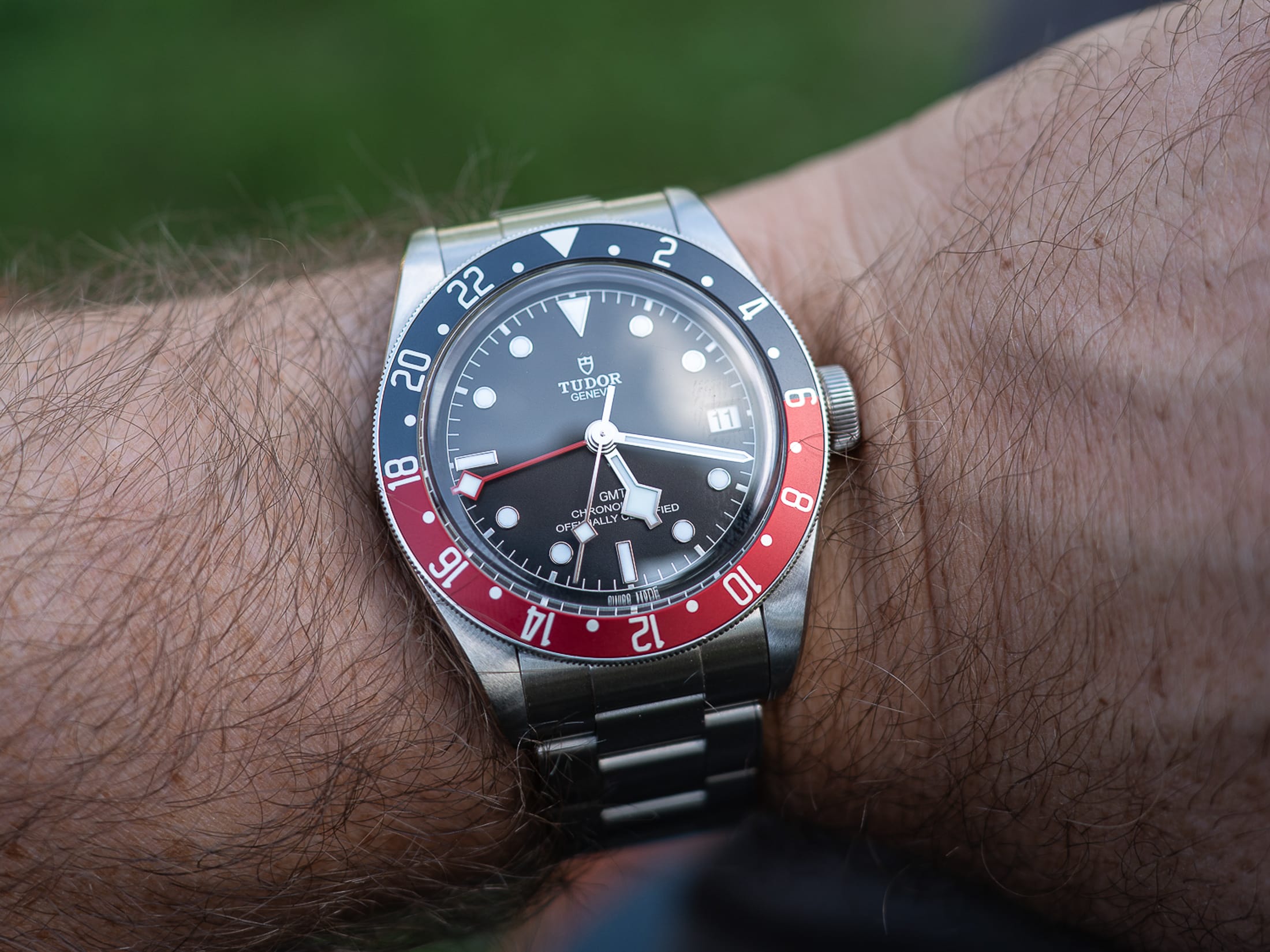
Tudor wasn’t originally built as a luxury status symbol. It’s quite the opposite. In 1926, Tudor was conceived by Rolex founder Hans Wilsdorf as a brand that offered Rolex-quality craftsmanship at more accessible prices. After years of owning, testing, and reviewing Tudor watches, we can confirm that spirit still runs through the brand – just with a few modern adjustments. While wearing a Tudor, you’ll note that watch proportions are confident, sometimes assertive, but never careless. Dials stay legible, bezels stay tactile, and everything about the finishing is thoughtful without tipping into excess. It’s the kind of brand that lets its history (naval contracts, rugged deployments, function-first builds) sit in the background without needing to romanticize it.
One key difference between early tool models and modern offerings is how much stylistic flexibility Tudor has built in. A Tudor can just as easily handle a day spent working in the yard as it can slip under a cuff at the office without looking out of place. Over the course of wearing and testing the modern Black Bay GMT, that versatility felt baked into every part of the experience. From the case geometry to the bracelet articulation. Even now, Tudor stands out in the luxury market by offering watches that feel durable, functional, and historically honest without sacrificing everyday usability. Add in modern in-house COSC-certified movements, clean build execution, and realistic pricing, and you end up with one of the most compelling long-term values in luxury watches – especially for someone who wants substance to stay visible under the polish.
Longines
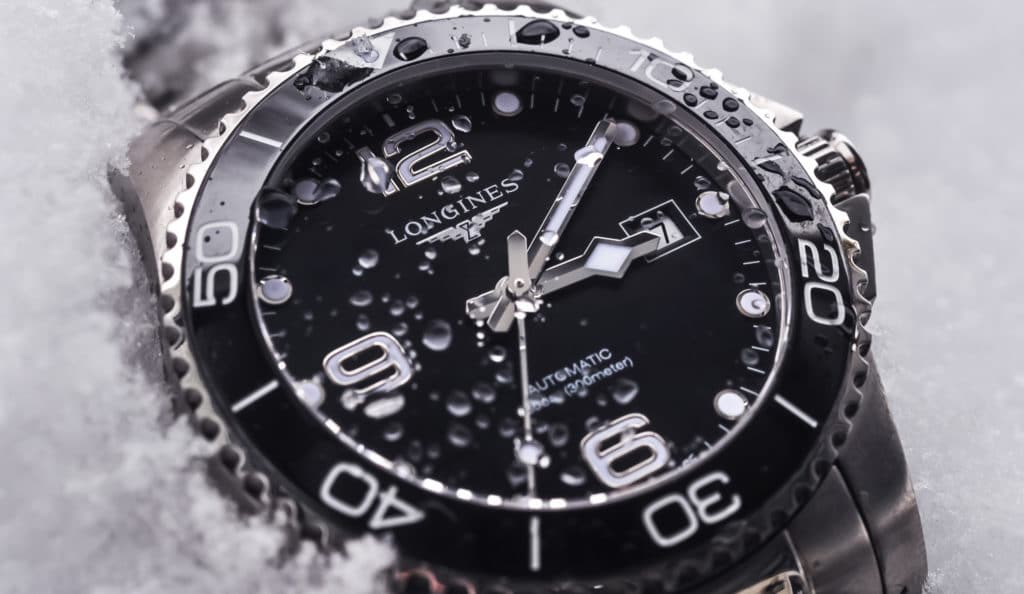
Longines has been building watches continuously longer than most brands have been around (since 1832), and whenever we’ve worn or tested one, that history doesn’t feel distant. It’s there in the way the cases carry weight without feeling heavy, or how the finishing catches light without calling attention to itself. What’s most interesting is it’s also there in the way even vintage-inspired models still feel easy to wear by modern standards. Where other brands stick rigidly to a vintage template, Longines positions themselves as treating their heritage more as a reference guide and not necessarily a specific box that needs to be checked. That flexibility shows up across the lineup. Some watches lean heavily on historical cues, others aim more at modern performance, while none of them feel pinned down by the past. You still get the same sense of balance across the board: thoughtful case sizing, finishing that wears quietly instead of theatrically, and builds that feel finished without feeling overworked. It’s the kind of consistency and confidence you really only get with a brand that has a build legacy like this.
Longines is also one of the few Swiss luxury brands where the pricing feels anchored to the product, not the positioning, which creates real value compared to other watchmakers. Whether you’re looking at a modern diver or a vintage-inspired dress piece, you’re not paying for a name trying to catch up to its history. You’re paying for a watch that already knows what it is. The HydroConquest we reviewed stands out as a clean example: a Swiss-made luxury diver with an automatic movement that still feels properly priced for what it delivers. For anyone looking to step into the luxury watch space without getting pulled into marketing theatre, Longines remains one of the most quietly confident decisions you can make.
Nomos
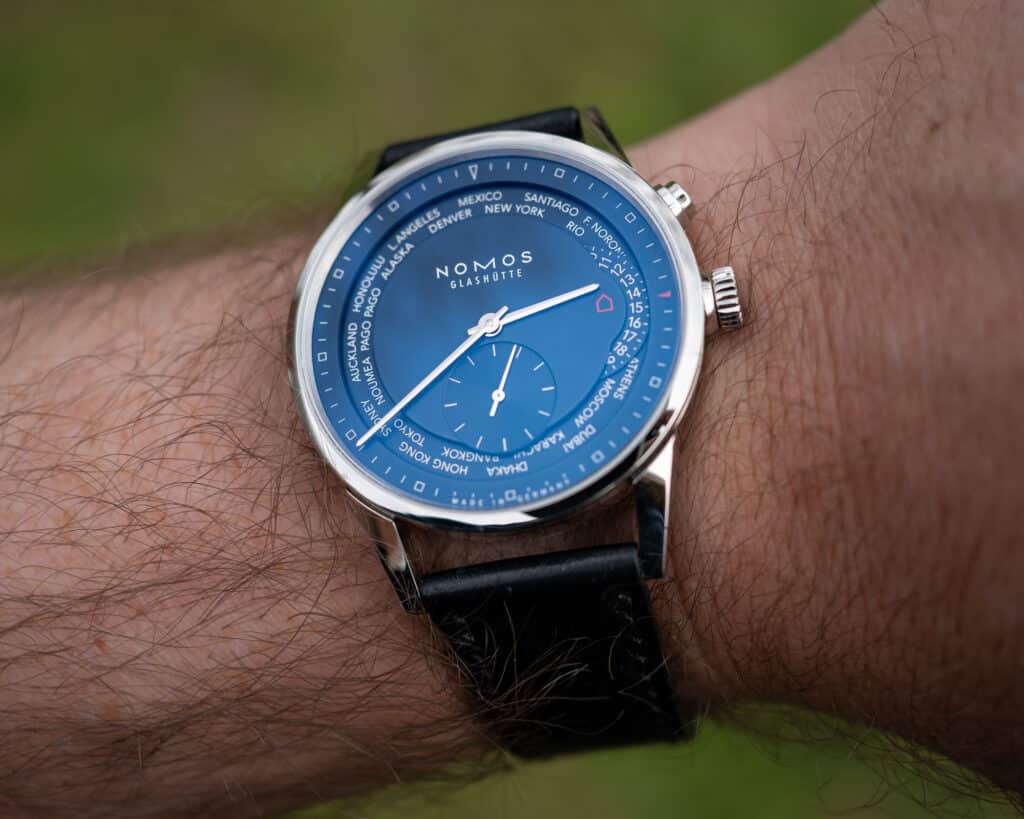
Building trust and authenticity through consistency and not spectacle is the core defining feature of Nomos. When our team visited their facility in Glashütte, that clarity was everywhere: quiet rooms, lean teams, no showroom theatre. They weren’t trying to sell luxury. They were trying to build something that worked as an ideal expression of its well-executed self. But in pursuit of that ideal, they’re surpassing many of their luxury brand competitors and offering incredible value. Every model we’ve worn and reviewed from the brand carries a kind of structural calm and confidence: proportions that sit right without forcing it, case finishing that feels subdued without feeling sterile, and dials that balance legibility, personality, and subtlety without begging for attention. What you’ll ultimately find with the brand is that they value clarity over charisma.
The Nomos Zürich World Time we reviewed is a good example of that mindset at work: a dual-time complication that prioritizes visual balance and intuitive interaction without ever trying to feel flashy. On the other hand the Club Campus (a personal favorite) pushes in a different stylistic direction. It’s more casual, more youthful but still feels guided by the same core: clear layouts, strong proportions, and a refusal to chase ornament for its own sake. And that’s what sets Nomos apart. They don’t build watches to impress at a superficial glance. They build them to make sense at every turn of the crown, every read of the dial, every quiet moment the watch just does its job. While most brands are busy bending their designs around trends, Nomos stays focused on building watches that stay honest to their own design language.

Co-Founder and Senior Editor
Kaz has been collecting watches since 2015, but he’s been fascinated by product design, the Collector’s psychology, and brand marketing his whole life. While sharing the same strong fondness for all things horologically-affordable as Mike (his TBWS partner in crime), Kaz’s collection niche is also focused on vintage Soviet watches as well as watches that feature a unique, but well-designed quirk or visual hook.
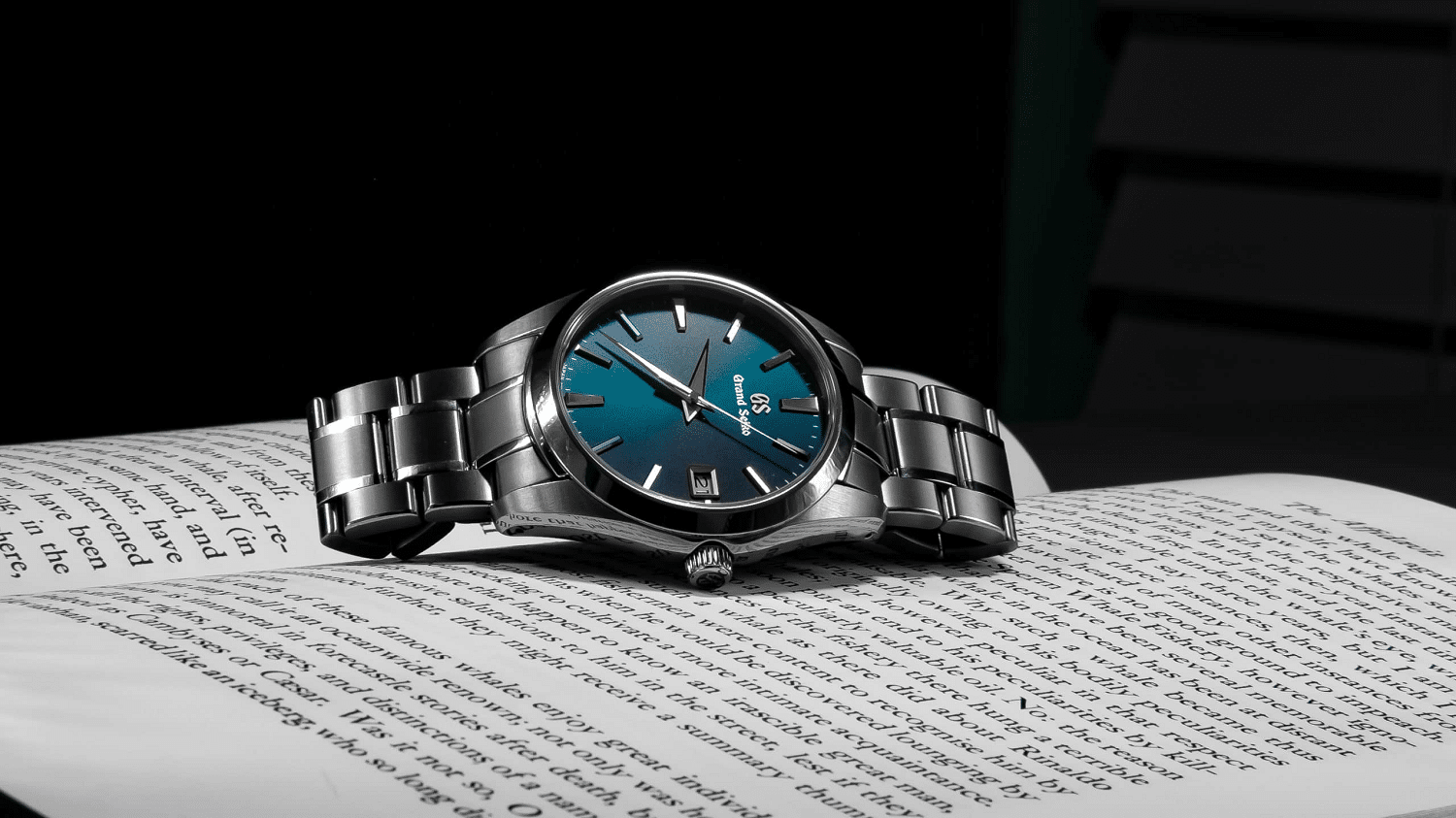
Where does Maurice Lacroix fit in the world of luxury?
Way down on the list, grwat brand, but not in the same catagory. Cheers
How’s Breguet not on the list?
Great callout – Breguet’s been added!
Thank you,
-Kaz
Way down on the list, great brand, but not in the same catagory. Cheers
Sorry, my comment doubled up, Breguet could have easily made that list as one of the earliest manufacturers of 1775, I was refering to ML above, which I really like ML, but some of these watches are very high end such as Breguet. Cheers
Oris?
Longines??